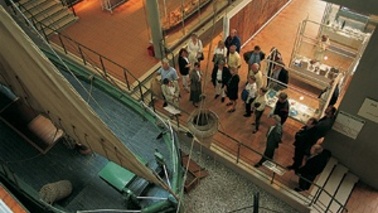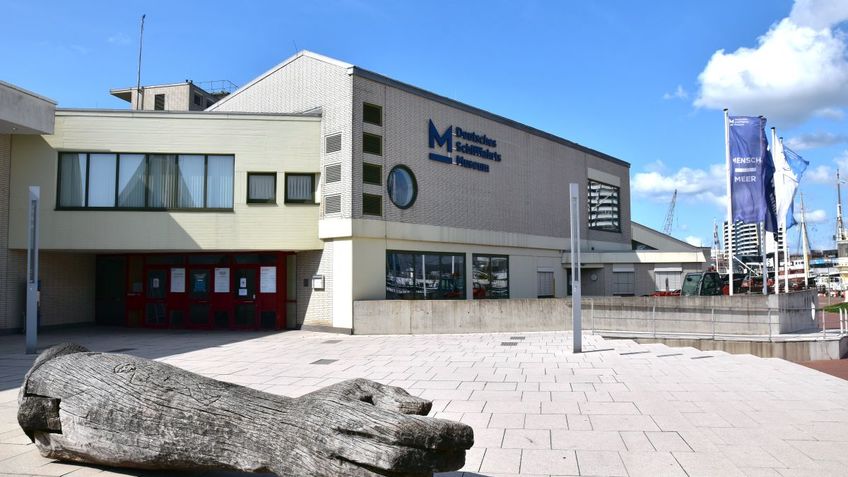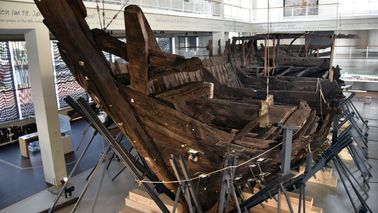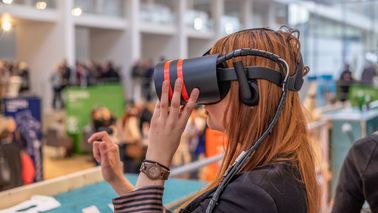
German Maritime Museum
Leibniz Institute for Maritime History
The German Maritime Museum is one of the most important German national museums. One of its missions is to research and publish on all aspects of German maritime and river navigation history. This work is conducted by a staff of specialists.
The foundation responsible for running the museum was created in 1971. The museum itself was opened to the public on 5th of September 1975. The central building was designed by the renowned Bremerhaven-born Berlin architect Hans Scharoun (1893-1972). An adjacent extension building, designed by the architect Dietrich Bangert (also from Berlin) was inaugurated in May 2000.
The widespread themes of the museum are displayed in an interesting and multi-facetted exhibition. The most spectacular part of it is no doubt the original Hanseatic Cog from about 1380. Excavated near Bremen, it was reassembled in the German Maritime Museum during many years of highly complicated puzzle work.
The other sections reflect a variety of themes: “German Shipping between the Middle Ages and Industrial Era”, “German Shipping in the Age of Industrialization”, “German Shipping after 1970”, “Industrial Shipbuilding”, “Tidal Conditions”, “Polar and Ocean Research”, “Traditional Navigation”, “Modern Navigation”, “Fishery”, “Whaling”, “Rescue at Sea”, “Leisure navigation”, “Boat building”, “Naval History”. All this demonstrates the many different aspects of German maritime history.
Besides the exhibits within the museum, the German Maritime Museum also maintains a comprehensive archive and an internationally renowned special library, all of which serve to support science and research.
Link to the German Maritime Museum




